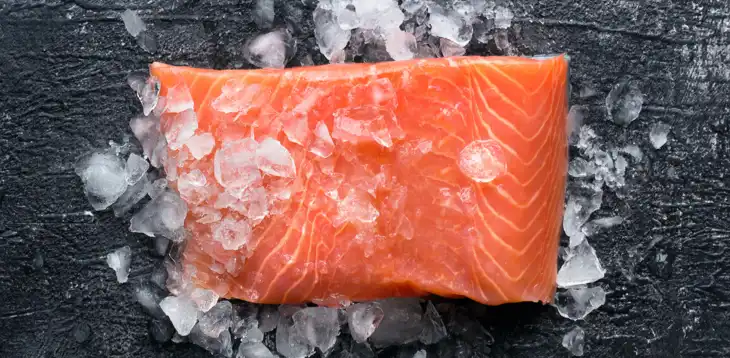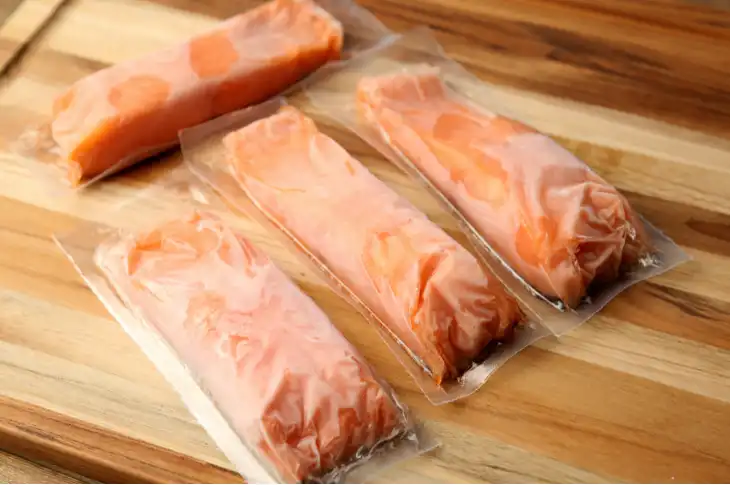Is Fresh Fish or Fresh-Frozen Fish Better?
We didn’t know, so we decided to find out.

The myth of “fresh” when it comes to supermarket fish
If you’re lucky enough to be within a few miles of an actual fishmonger, well, give yourself a pat on the back because you played your seafood cards right and may actually be able to get freshly-caught seafood straight to your plate. As for the rest of us, we’re going to pay a pretty penny for the chance to eat fish caught within the last few hours. That’s because as soon as seafood leaves the water, the clock starts ticking, and the quality of the meat begins to deteriorate. It’s expensive to fly seafood from coastal fisheries to consumers, who live inland, hundreds of miles away from the ocean. Which brings up the next issue at hand… Many vendors label “fresh” fish erroneously, and unfortunately for you and me, it’s a bit of a marketing gimmick. In fact, there’s a good chance that the glistening piece of fish so perfectly placed on ice for the supermarket display was frozen, thawed, then frozen again at one point. There’s also a great chance that it came from a fish farm instead of being wild-caught. That’s a recipe for decidedly “un-fresh” fish. So what’s a seafood fan to do? Don’t worry, we got your back! It’s actually quite simple – consider fresh-frozen! We’ll explain…

The real difference between fresh fish and fresh-frozen fish
To get delicious, nutrient-dense, and highly sustainable fish (spoiler alert: that’s what you want in fish), fresh-frozen may be the way to go. The key is to purchase fish that has been quickly frozen using a nearly century-old technique called flash-freezing.
The process is pretty cool, really. It involves rapidly freezing seafood right at the peak of its quality. Flash freezing reduces the formation of ice crystals (the Elsa kind)—which cause deteriorated taste and texture—and locks in the meat’s nutrients until you’re ready to cook.
But it gets better...
Because the seafood is frozen early in its journey to consumers, it can be packaged easier and shipped using more conventional methods like rail and freight shipping. Shipping this way is often less expensive and more sustainable than methods that may require planes, helicopters, and overnight delivery costs.
In layman’s terms: That means better fish at more affordable prices for people like you and me.
Choosing frozen fish — a smart and delicious choice
Buying flash-frozen (sometimes labeled fresh-frozen) fish is an excellent way to get your seafood kick without sacrificing taste or your wallet. And here’s the great news: Nowadays there are plenty of high-quality, sustainable seafood suppliers that can deliver fresh-frozen fish right to your doorstep!
Hallelujah!

So instead of eyeing that salmon on ice with your skeptical eyes now, you can just skip the supermarket altogether—and the dubious “fresh fish” claims—and order directly from these providers online.
The good news? We’ve done the work for you. Here are the best sustainable seafood providers that ship to you.
You’re welcome!


